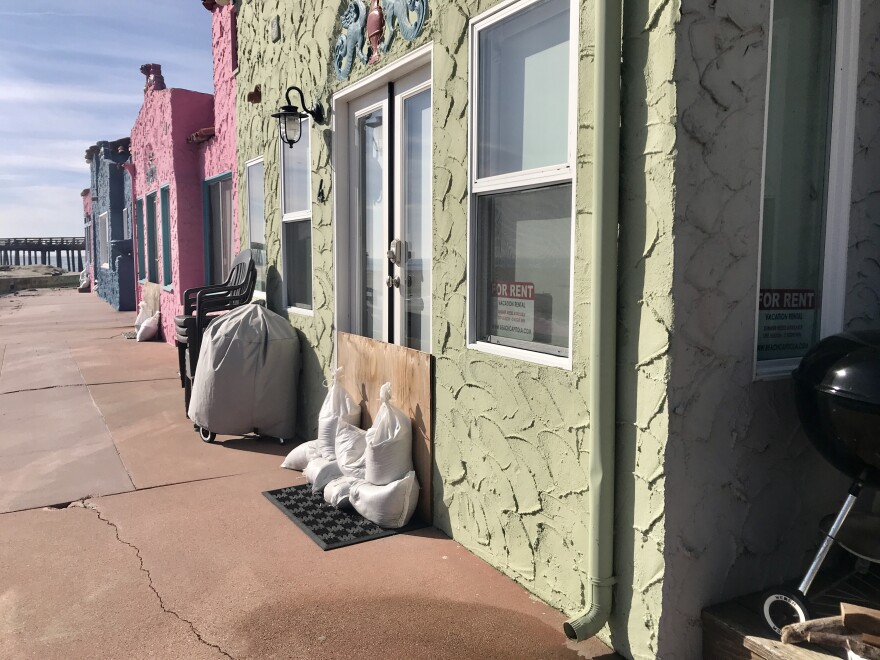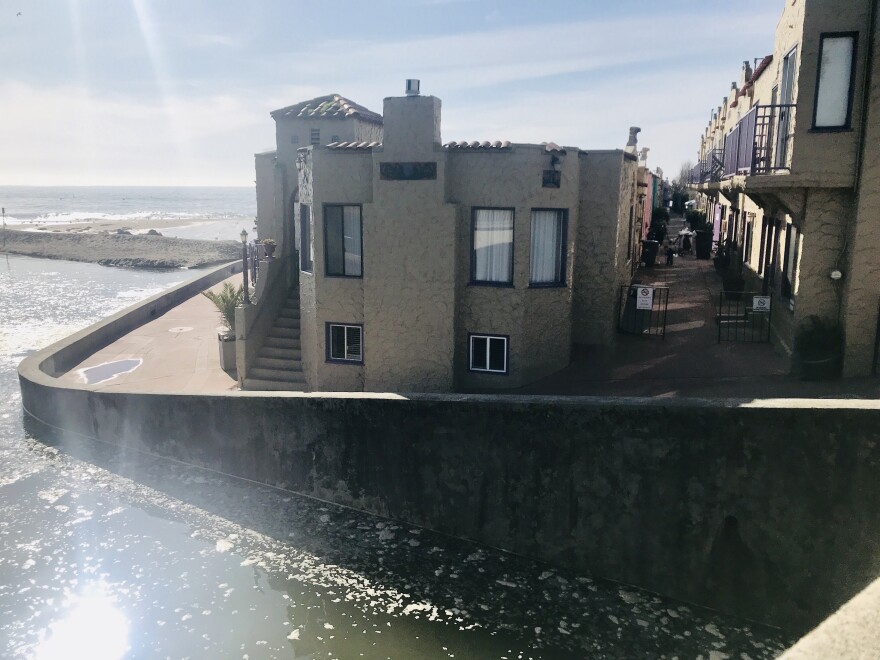“King tides” will roll into the coastline this weekend. But there are some misperceptions about these high tides.
The name “King tide” is a non-scientific term for high tides that occur a couple of times each year. They typically fall on a full or new moon and occur a couple of times each year. This year, they took place January 10-12 and now, February 8-9.
Tides are driven by what's happening above us -- by the gravitational attraction between the moon, the sun and the earth. When all three are aligned closest together, the gravitational pull is enhanced, creating these so called King tides. It means the tides come farther in and retreat farther back.
But Gary Griggs, professor of Earth Science at UC Santa Cruz, says there are some misperceptions about these tides.
“I think “King” adds a bit of drama to it. Like these must be really big and really powerful,” he said.
But Griggs says it won’t be much different from a typical high tide.
“We don't get tides two feet higher. We get tides a couple of inches higher."

Wave run up and storm surges can elevate the water.
“But it's not the tides themselves because the differences in the earth's distance to the moon and the sun, which drives the tides, the gravitational pull, it doesn't change that significantly.”
Still, Griggs says these high tides are a glimpse of what’s to come with anticipated sea level rise. The California King Tides Project encourages people to take pictures of King tides to record impacts to the coast.
Sea level rise is accelerating; as the earth warms, so does the ocean.
“Ocean water warms and expands, just like in your water heater. So that's a big driver. And ice melts. Ice melts at 32 degrees Fahrenheit, it doesn’t matter if you’re a Democrat of Republican,” Griggs said.
On a sunny morning in January, Griggs sits on a little seawall that’s situated between a sandy beach and a row of brightly-painted condos. Earlier that morning, a high tide washed seawater nearly up to the front doors.
"Every one of these apartments has a piece of plywood and sandbags in front of their doors, which says something about what they're expecting," Griggs said.

He says in the future, the scenario will look a lot of different.
“2030, it could be six inches higher, could be eight inches higher. 2050, it could be a foot or two. 2100, sort of the numbers that have been used for a while – three feet. But it’s possible it could be six feet. It’s possible, theoretically, to be 10 feet. And 10 feet is, yeah, up to the roof of these units.”

According to NOAA, high-tide flooding is now 300 to 900% more frequent than it was half a century ago for many places along the U.S. coastline.
The Monterey Bay region is starting to prepare for sea level rise, a story KAZU will be bringing you later this month.


